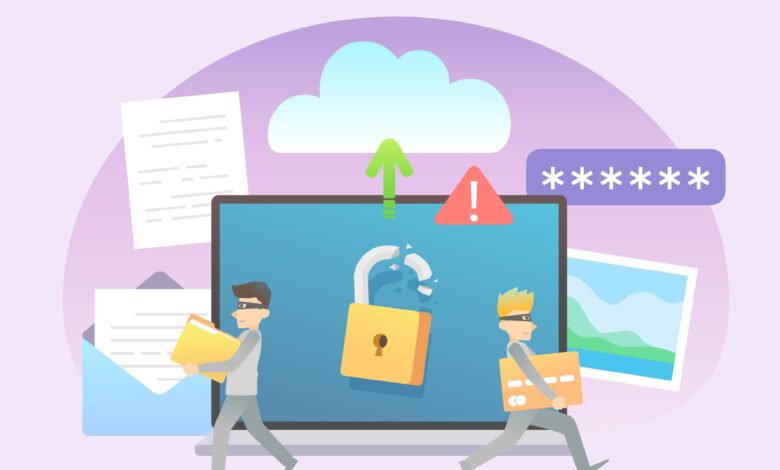Secure File Sharing: Best Practices for Protecting Your Confidential Data

In the age of digital transformation, the way businesses operate has significantly changed. We’re in an era where the sharing of files, whether they be documents, images, or videos, has become an integral part of our daily tasks.
However, this comes with a new set of challenges concerning data security. Confidential data needs to be treated with the utmost care to prevent unauthorised access, breaches, and leaks. That’s why today, we’ll discuss the best practices for secure file sharing to protect your confidential data.
Understanding the Risks of File Sharing
Before we delve into the best practices, it’s essential to understand the risks associated with file sharing. These include:
- Unauthorised Access: Files that aren’t properly secured could be accessed by unauthorised individuals, leading to data breaches.
- Data Leakage: If files are shared without appropriate security measures, sensitive information could be leaked, potentially causing significant harm to a company’s reputation or legal consequences.
- Cyber Threats: Shared files could be exploited by hackers to inject malware or ransomware into an organisation’s network.
Best Practices for Secure File Sharing
Now that we understand the potential risks, let’s focus on the best practices for secure file sharing.
Use Encrypted File Sharing Services
Encryption is the process of converting data into a code to prevent unauthorised access. When choosing a file-sharing service, ensure it provides end-to-end encryption – this means your data is encrypted both during transmission and at rest, protecting it from being intercepted or accessed without authorisation.
Read also: The Benefits of Group Fitness Classes: Motivation, Accountability, and Fun
Implement Access Control
Not everyone in your organisation needs access to all files. Implementing access control allows you to dictate who can view, edit, and share specific files. This significantly minimises the risk of unauthorised access or accidental leaks.
Regularly Update Your Software
Keeping your software up to date is a simple but crucial step in securing your data. Software updates often include patches for known security vulnerabilities that could be exploited by cybercriminals.
Employ Two-Factor Authentication
Two-factor authentication (2FA) is a security measure that requires users to provide two types of identification before accessing files. This additional layer of security reduces the risk of unauthorised access even if a password is compromised.
Train Your Team
Even the most advanced security measures can fall short if your team isn’t aware of the risks and appropriate procedures for file sharing. Regularly training your team on the importance of data security and the best practices for secure file sharing can drastically reduce the risk of human error leading to a data breach.
Secure Marketing File Sharing
For areas like marketing file sharing, where the use of data-intensive files like graphics, videos, and customer databases are the norm, these practices are crucial. By implementing the aforementioned best practices, marketing teams can share files securely, maintaining the confidentiality of sensitive information and ensuring compliance with data privacy regulations.
In an increasingly digital world, secure file sharing is not an option – it’s a necessity
By implementing these best practices, businesses can significantly enhance the protection of their confidential data, minimising the risk of unauthorised access, data leakage, and cyber threats. Remember, the security of your data is only as strong as the weakest link, so make sure all aspects of your file-sharing practices are up to par.





